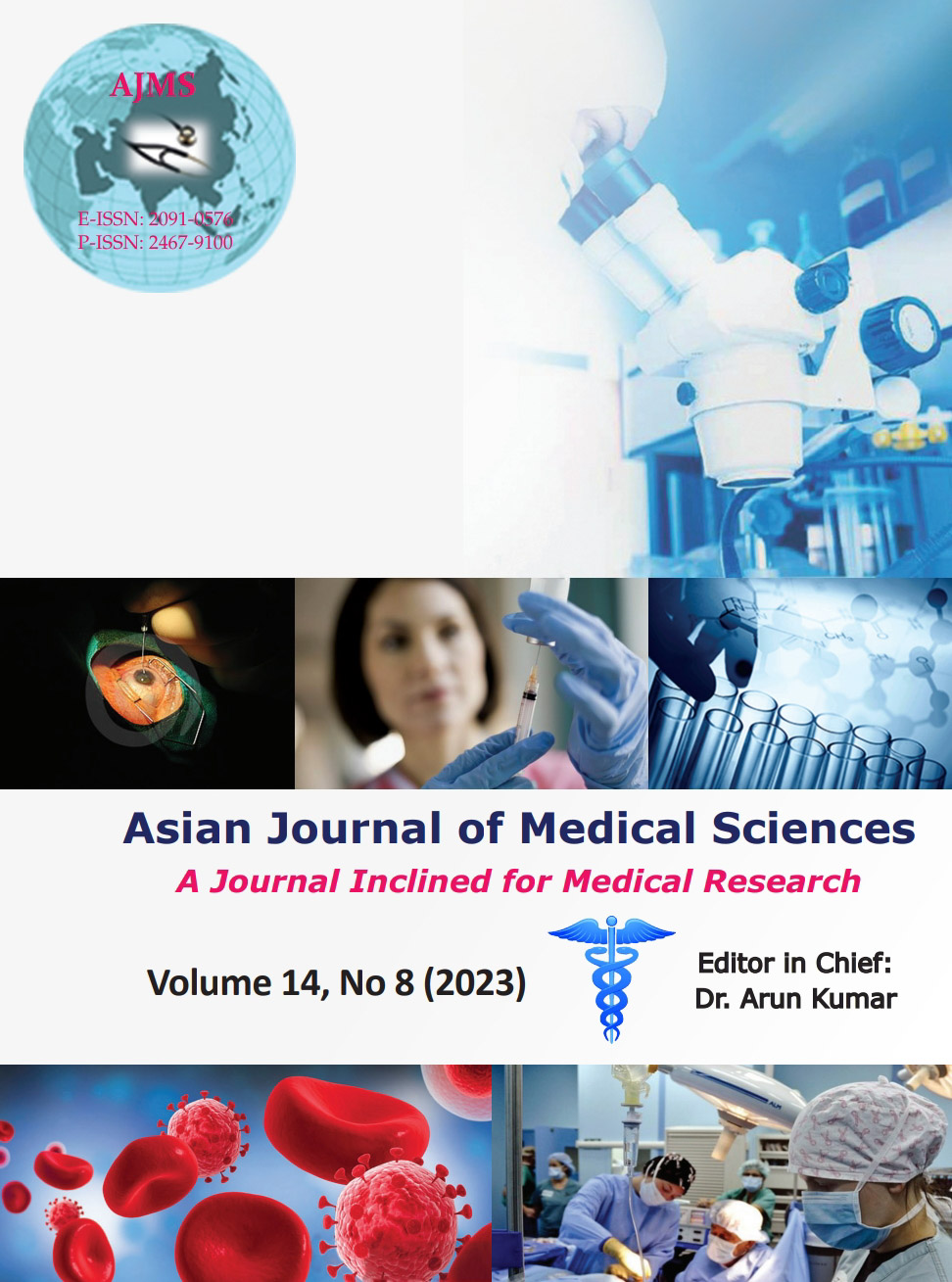Study of ductal lavage cytology in women at high risk for breast carcinoma
Keywords:
Duct lavage; Breast cancer; Cytology; Nipple aspirate fluidAbstract
Background: Ductal lavage (DL) involves cannulating the nipple aspirate fluid (NAF)-producing ducts with a microcatheter and lavaging with saline to retrieve cells for cytological and molecular analysis. This method improves upon NAF and fine-needle aspiration and can provide important data on cellular yield and molecular markers in DL fluid.
Aims and Objectives: This aimed to study the cytology of DL in women at risk of/clinicoradiological possibility of breast carcinoma and to correlate the cytology of DL with Gail risk score and with histopathology (wherever available).
Materials and Methods: The present study, conducted at Hindu Rao Hospital, Delhi, between 2012 and 2014, examined 36 patients with nipple discharge. Nipple aspiration and DL were performed, and the results were analyzed and compared. The present study also looked at the correlation between DL results and the patient’s Gail score and correlated histopathology with DL cytology.
Results: The present study enrolled 36 women and studied 50 ducts from 46 breasts. Nipple fluid was aspirated from 34 patients, with inadequate cellular material for diagnosis in 24 breasts, benign in 18, atypia in 2, and no malignancy found. The correlation of DL with Gail score was statistically significant, as was the correlation between epithelial cells in DL and NAF samples. The correlation between DL and histopathological findings was statistically insignificant.
Conclusion: DL samples may miss atypical cells, and have higher epithelial cell count than NAF. Higher Gail score correlates with mild atypical cells in DL (P=0.003).
Downloads
Downloads
Published
How to Cite
Issue
Section
License
Copyright (c) 2023 Asian Journal of Medical Sciences

This work is licensed under a Creative Commons Attribution-NonCommercial 4.0 International License.
Authors who publish with this journal agree to the following terms:
- The journal holds copyright and publishes the work under a Creative Commons CC-BY-NC license that permits use, distribution and reprduction in any medium, provided the original work is properly cited and is not used for commercial purposes. The journal should be recognised as the original publisher of this work.
- Authors are able to enter into separate, additional contractual arrangements for the non-exclusive distribution of the journal's published version of the work (e.g., post it to an institutional repository or publish it in a book), with an acknowledgement of its initial publication in this journal.
- Authors are permitted and encouraged to post their work online (e.g., in institutional repositories or on their website) prior to and during the submission process, as it can lead to productive exchanges, as well as earlier and greater citation of published work (See The Effect of Open Access).




